Upon reading the title for this article, I bet you secretly thought to yourself, "Yeah, I've got the perfect way to 'make' roast chicken: I go to the store, and I buy one!" Well, there's no question that there are some really tasty, convenient rotisserie chickens out there, already made and ready for eating or using in recipes.
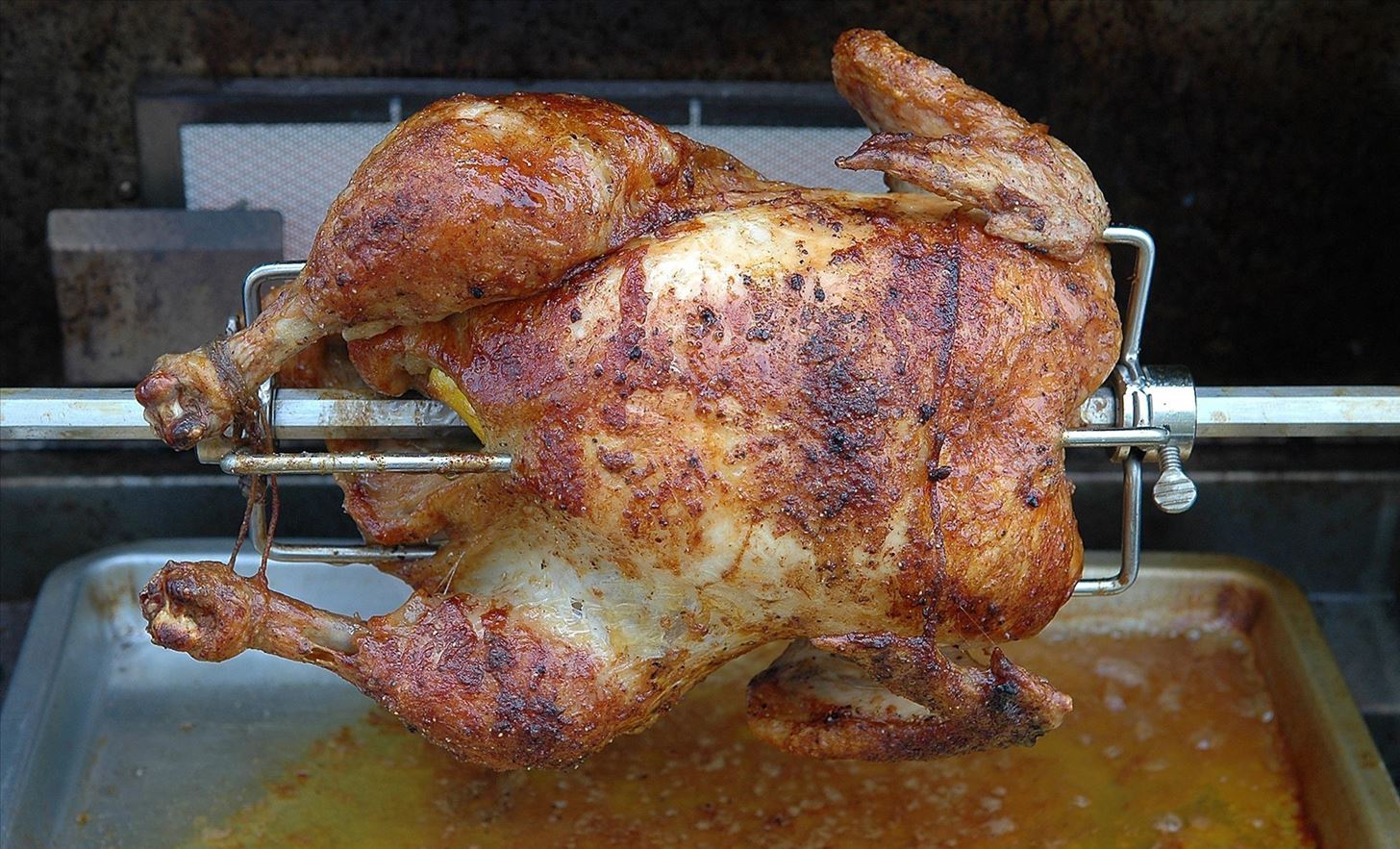
But the truth is, you don't know anything about this benign-looking grocery store chicken. You don't know how long it's been sitting under those warming lamps, what sorts of seasonings and additives have been put on it, and what the quality of the chicken itself really is.
However, if you buy and roast the chicken yourself, you can personalize the bird to your own tastes and needs. Crispy skin, succulent meat, and perfect seasonings can all be yours easily... and with less expense than with a grab-and-go fowl.
Pick a Chick
You want to start with the highest quality chicken you can get. This isn't the time to scrimp— but be on the lookout for sales on whole chickens at your local grocery store.
Consumer Reports goes into great detail (as they always do) about what goes into the labeling and classifying of chickens. If how and where your chicken was raised and what it ate is important to you, this can provide all the information you need to choose the right bird.
The most important factor for guaranteeing a great roast chicken is picking a chicken labeled roaster, broiler, or fryer. These are all between 2.5 and 5 lbs. and are young chickens, meaning they were raised to have tender meat.

Proper Prep
We were once taught to rinse our chickens before prepping them for roasting, but now—thanks to modern studies—we know that isn't necessary.
One step you can't skip is to make sure your chicken is very dry inside and out: moisture on the skin and in the cavity can lead to steaming, and that produces a less-crispy skin and tougher meat. Also, make sure to remove the packet of giblets (if there is one) because nothing will ruin your appetite or meal faster than the stench of the plastic giblets bag burning inside your chicken.

Rack 'Em Up
Placing your chicken on a rack in a roasting pan allows the air and heat to circulate around it better; some roasting pans even come with racks in them, both flat and concave. You can also create a "rack" using vegetables in the bottom of your roasting pan; this produces a yummy, chicken-fat-infused side dish without dirtying any additional dishes.

If you don't have a roasting pan, you can also use an oven-safe dish or skillet, then fashion a makeshift roasting rack that fits it.
Gimme Some Skin
That moment when you bite into the crispy, crackling skin of the chicken is probably the closest to nirvana that we can reach here on earth. Of course, like discussions about heaven, there is some disagreement about how to get there.
Thomas Keller swears by a liberal "rain" of kosher salt alone, while Ina Garten creates her beloved husband Jeffrey's favorite part of their regular Friday night meal by brushing the skin with melted butter. Kelly Senyei, posting in Just a Taste, says to add garlic to the butter while Grace Parisi of Food and Wine advocates for the addition of herbs and lemon zest. And, as we'll see in a moment, lemons can enhance more than just the skin of a chicken...

Inside Job
A crunchy, golden skin is like the gilded doorway to perfectly seasoned chicken meat. So if you just focus on the skin and don't do anything to the rest of the chicken, you're basically opening the metaphoric door to… well, less flavorful chicken. Of course, you want to salt and pepper the interior of your chicken, but why stop there?
Marcella Hazen left us with the legacy of her roast chicken with lemons, urging roasters to place punctured whole lemons in the cavity of the chicken while it roasts. (However, if you've used the zest of the lemon when flavoring the skin, you don't really need to puncture it quite as much as the juices will still seep out anyway.)

Other chefs such as Jamie Oliver suggest adding herbs and whole cloves of garlic to the inside of the chicken. Oliver also has the nifty trick of boiling a lemon with the potatoes he makes to go with his chicken. He then stabs the lemon while it's still hot and stuffs it in the chicken cavity, which he claims cuts down on the cooking time.
Truss Issues
I really think that one of the reasons folks avoid roasting their own chicken at home is that they have "truss-a-phobia"—in other words, they are intimidated by the act of tying up their chicken.
The fact of the matter is, though, that if you want your fowl to cook evenly... you're going to need to manipulate your chicken a bit. The good news is that you can bind your bird even if you don't have kitchen twine around... and that trussing itself is pretty easy. And you can't deny the aesthetic quality behind it—every gorgeous picture you see of a perfectly-roasted chicken coming out of the oven is of a trussed chicken, guaranteed.

Temperature & Time Tips
There are as many variations on the time and temperature for roasting a chicken as there are... well, recipes for roasted chicken. Jamie Oliver likes a low-and-slow approach with a 375°F oven and 1½ hours of roasting time (including a break for tossing the potatoes with the accumulated chicken fat). Since the Food Safety website states that a 4-8 lb. chicken should be roasted at 375°F for 20-30 minutes per pound, this would make sense if you had a chicken weighing about 3 lbs.
Kelly Senyei suggests a 450°F oven (and advocates strongly for basting your chicken during the cooking), but also notes that cooking time is completely dependent upon the weight of the bird. So if you are using a higher heat, you will want to rely on the lower end of that time scale. If you really want to be precise, use a thermometer and make sure your chicken's internal temperature measures at least 165°F when poked at the thickest part of the breast.

Wait, Wait—Don't Carve Me (Yet)
Regardless of how long you've cooked it and at what temperature, you want your chicken to rest for 10-20 minutes after it comes out of the oven. This allows the juices to redistribute throughout the bird, and since the chicken continues to "carryover cook" even after it's out of the oven this resting time will guarantee your chicken is cooked to mouth-watering perfection. Work on your side dishes or have a glass of wine while you wait.
Cut It Out (Or Up)
I will freely confess that I am absolutely terrible at carving—chicken, roast, wood… it doesn't matter: I just don't carve well. So this helpful video from Howdini, which explains how to easily cut up a chicken, is a godsend. It's straightforward and easy to follow, and the fact that the chef in it has a French accent somehow gives him more credibility (well... to me, at least).
Winner, Winner, Chicken Dinner
Now you know how to roast and carve the perfect, simple roast chicken with crispy skin and moist, tender meat. And when your meal is done, don't throw out the carcass: freeze the bones so you can make chicken stock!
More Chicken Hacks:
Just updated your iPhone? You'll find new emoji, enhanced security, podcast transcripts, Apple Cash virtual numbers, and other useful features. There are even new additions hidden within Safari. Find out what's new and changed on your iPhone with the iOS 17.4 update.
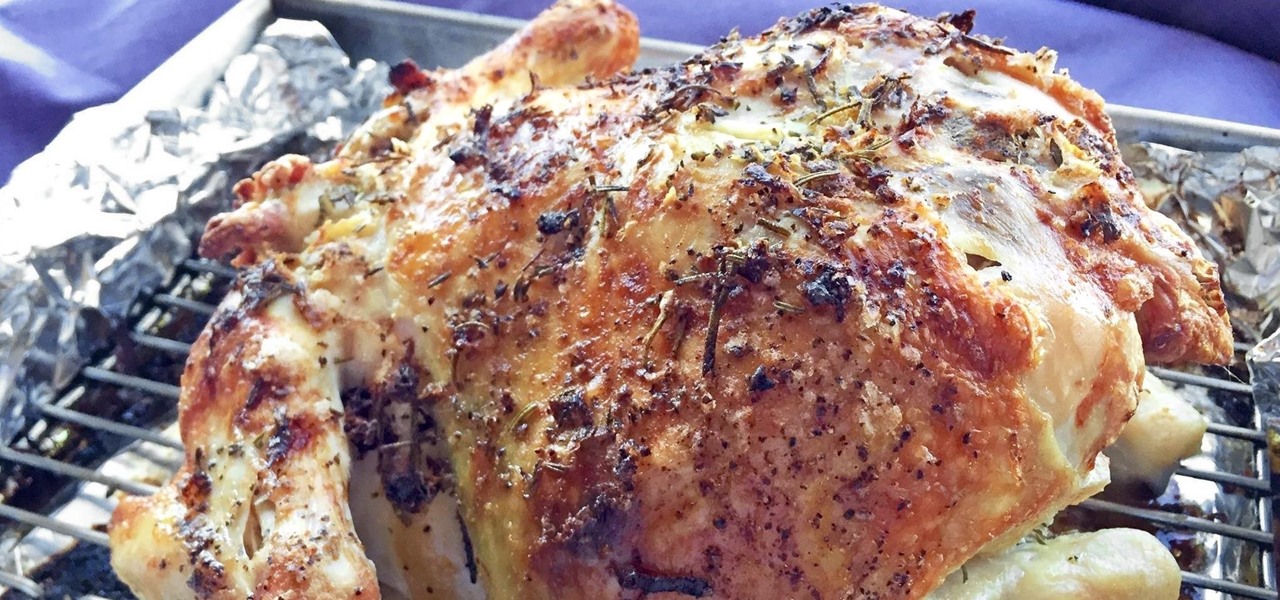



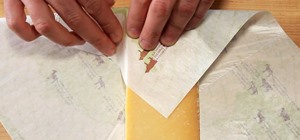
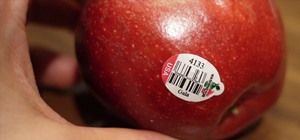
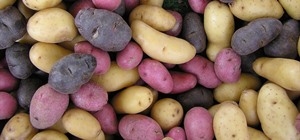

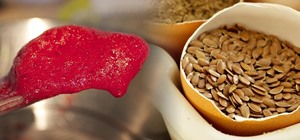
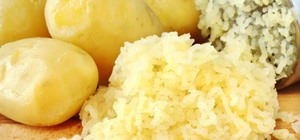
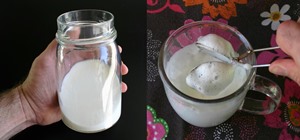









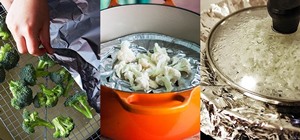


2 Comments
I did not know that about patting it dry. I will do that next time! Awesome tips.
Thanks Meg! It really makes a difference:)
Share Your Thoughts